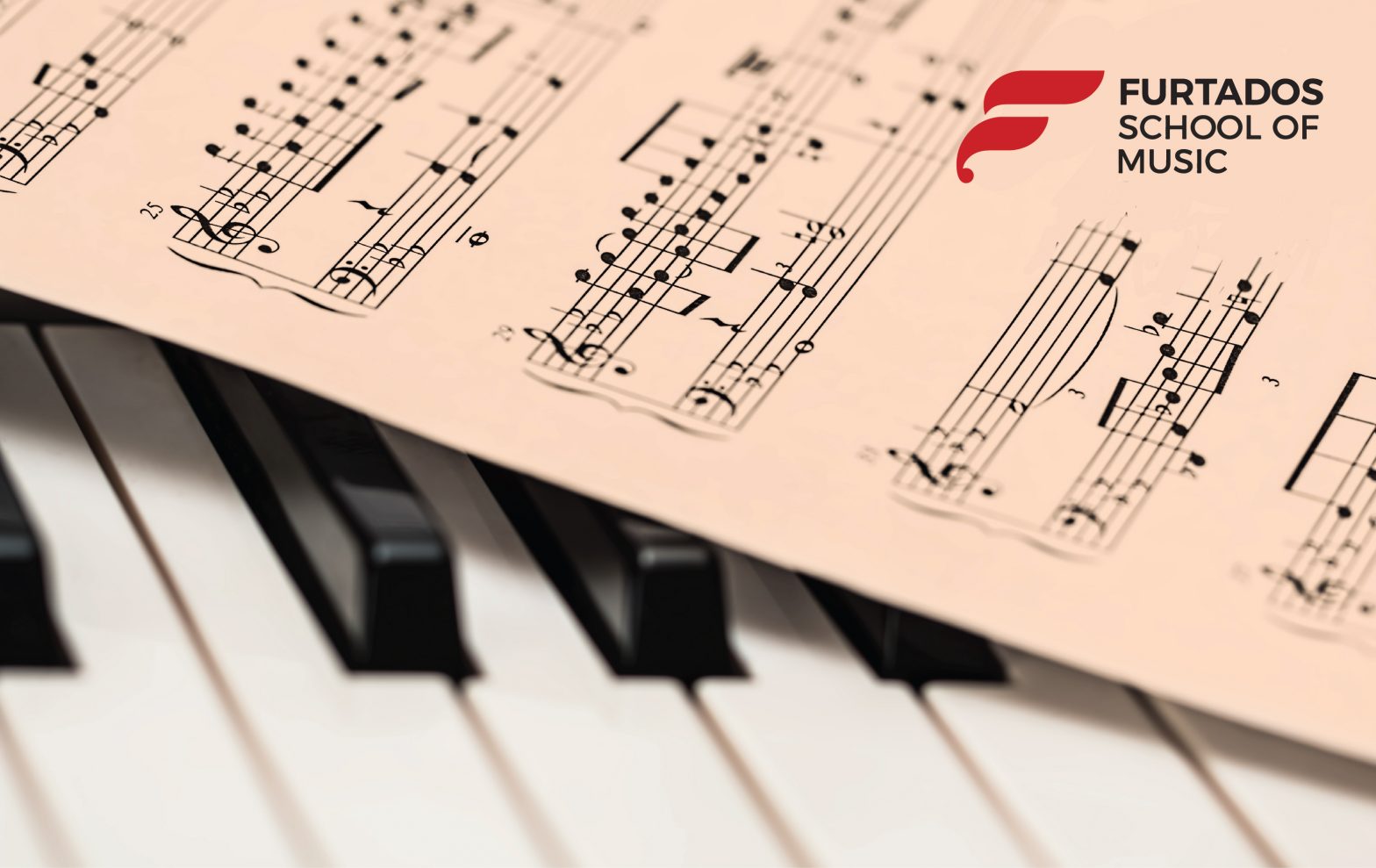All day long we hear various sounds, some of these sounds are beautiful and some of these sounds are just noise for our ears. Among these sounds the one particular sound we all love to hear is the sound of music. Whether you like it a lot or not; our lives would be dull & lifeless without music. The history of music dates back to the history of mankind. Every culture, every tribe has its own legacy of music. And this timeless phenomena is where the entire world comes together without really caring about the boundaries. Music has the power to ignite the most negative or positive feelings in us. Some of us listen to music for concentration, while some of us use music to aid with a broken heart. Some of us listen to music to enjoy life and little moments while sometime we listen to music for motivation. Different reasons, but the music is always there engulfing our lives. Everybody has a taste in music and people tune into their favorite genres or type of music.
Have you ever wondered why does music has such a profound effect on our lives?
What differentiates noise from beautiful music? Why is it that music is such appealing to our ears? What is the science behind music? To answer these questions, we decided to tap the science behind music that will help us gain a basic understanding of what sets music apart from just another sound.
The building blocks of music
The foundation or the building blocks of every musical piece are constructed with the same elements (raw material) such as the notes, melody, harmony, rhythm, pitch, timbre & texture. Combined together in a creative way these elements form a musical piece. Sometimes the combination works well enough that we find it appealing and would like to it listen to it over & over while other times it doesn’t. These essential components are what forms music in its more appealing form for us.
Note:
A note represents the pitch and duration of a musical sound. It’s the minimum element of a musical sound. It is comprised of four basic things: duration, loudness, pitch and timbre. Duration is defined as the length of time a note lasts. The pitch is a key element that distinguishes a note from noise. Timbre differentiates two sounds in the same frequency or note. For example the C note played in a keyboard sounds different from a C note played in a guitar. Furthermore these notes can be identified by letters to make them easier to write and read. So the first seven letters in English represent the notes which are: A, B, C, D, E, F, G and some countries identify these notes with Do-Re-Me-Fa-Sol-La-Ti. The translation of these notes is as follows. C –>do D –>re E –>mi F –>fa G –>sol A –>la B –> ti (H in German)
Rhythm:
Rhythm is defined as a specific pattern of sounds. It is also referred to all the time based aspects of music. Rhythm in music is instrumental in organization of time which tells us when to stop and stop any musical event. The common elements of rhythm are beat, tempo & meter. There are various combinations of a rhythm and these rhythms have different names such as half note, quarter note and eighth note that indicate the duration.
Melody:
Melody is the most important part of Music. It can be defined as a memorable series of pitches or the tune of a song. In general the melody is the main focus of the song; it is the component that makes us like or dislike a song or a musical composition. Melody is a flowing sequence of notes that acts as a communicator from the composer to his/her audience. There are different types in melodies such as Riffs – Repeated melody, Solos etc.
Harmony:
When we combine the notes & pitches in music it creates harmony in a song. Harmony is about what groups of notes go together. This combination of notes happens at many different levels of music. The basic elements of a harmony are chords, arpeggios, chord progressions, scales & key. These basic elements are the building blocks or foundation behind creating any song, opera or orchestra etc in music. An amalgamation of these basics is responsible for the music that we witness. At an intuitive level you might have an understanding of a lot of these building blocks of music; albeit a thorough knowledge will help you organize and utilize the information.
Conclusion:
What we hear and see when we are witnessing a beautiful creation of music is like a finished product. There is a lot that takes place in the back end and a thorough understanding of this theory is very important at a beginner level musician. Music is pure pleasure for the recipient but there is a lot of science and psychology involved in it. And we can say this with absolute confidence that a robust music education is sure to last a lifetime.
